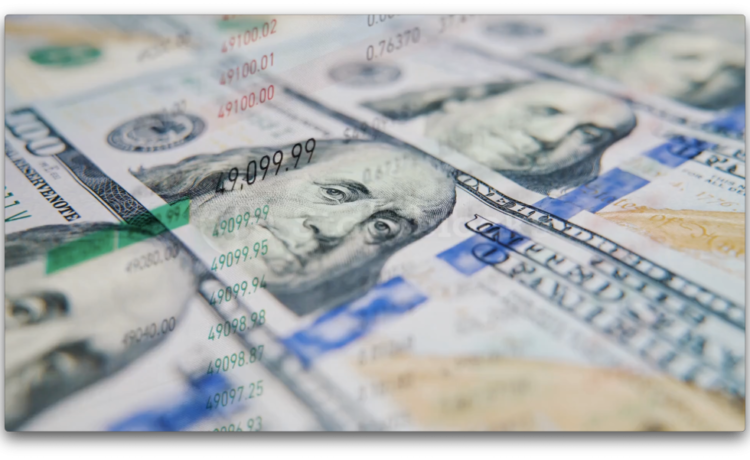The US dollar has served as the world’s leading reserve currency since World War II. Today, the dollar represents 58 percent of the value of foreign reserve holdings worldwide. The euro, the second-most-used currency, comprises only 20 percent of foreign reserve holdings.
But in recent years, and especially since Russia’s invasion of Ukraine and the Group of Seven (G7)’s subsequent escalation in the use of financial sanctions, some countries have been signaling their intention to diversify away from dollars.
Over the past twenty-four months, the members of BRICS (a grouping of Brazil, Russia, India, China, and South Africa that recently added Egypt, Ethiopia, Iran, and the United Arab Emirates; Saudi Arabia is considering joining) have been actively promoting the use of national currencies in trade and transactions. During this same time, China has been expanding its alternative payment system to its trading partners and seeking to increase international usage of the renminbi.
This first-of-its-kind project on dollar dominance by the Atlantic Council’s GeoEconomics Center
- Analyzes why the dollar is currently the world’s dominant reserve currency,
- Presents indicators for tracking China’s progress in creating an alternative financial infrastructure, and
- Creates a novel framework and data set for evaluating strengths and weaknesses of the world’s major currencies
Dollar dominance remains strong in reserves, trade, and transactions
Key takeaways
BRICS and dedollarization: What’s happening and why
The project identifies the BRICS as a potential challenge to the dollar’s status due to the individual members’ signal of intent to trade more in national currencies and the BRICS’ growing share of global GDP. Among the BRICS currencies, the renminbi has the highest potential of competing with the dollar as a trade and reserve currency. This section provides a comprehensive analysis of each country’s dedollarization efforts. It also identifies and tracks two key indicators of the strength of the alternative financial infrastructure China is building: China’s swap lines with the BRICS countries and membership in China’s Cross-Border Interbank Payment System (CIPS).
Issue spotlight: Gold resurgence
What does it take to be a reserve currency?
The table below identifies the six essential qualities of a reserve currency. This new analysis evaluates the currencies included in the IMF’s Special Drawing Rights basket as well as the Indian rupee and Russian ruble against the criteria and allows us to demonstrate why the dollar is the global reserve currency. The US Treasury Department originally identified the six criteria in 2009 and now the Atlantic Council GeoEconomics Center built this new framework by identifying specific indicators to compare the selected currencies’ performance in each criterion. You can access the detailed methodology here.
Tracking the dollar’s international use
This tracker was updated on June 25, 2024, to reflect the fact that Saudi Arabia has not yet officially joined BRICS.
Acknowledgements
Research team: Mrugank Bhusari, Maia Nikoladze, Ryan Murphy
Contributions from: Mondrita Rashid, Alisha Chhangani, Ananya Kumar, Niels Graham, Clara Falkenek, Konstantinos Mitsotakis
Project editors: Josh Lipsky, Kimberly Donovan, Charles Lichfield, Walter Frick
Visual design: Salo Aburto, Nancy Messieh
Related content
Stay connected
Sign up to receive emails on new research & reports, program highlights, and events.


